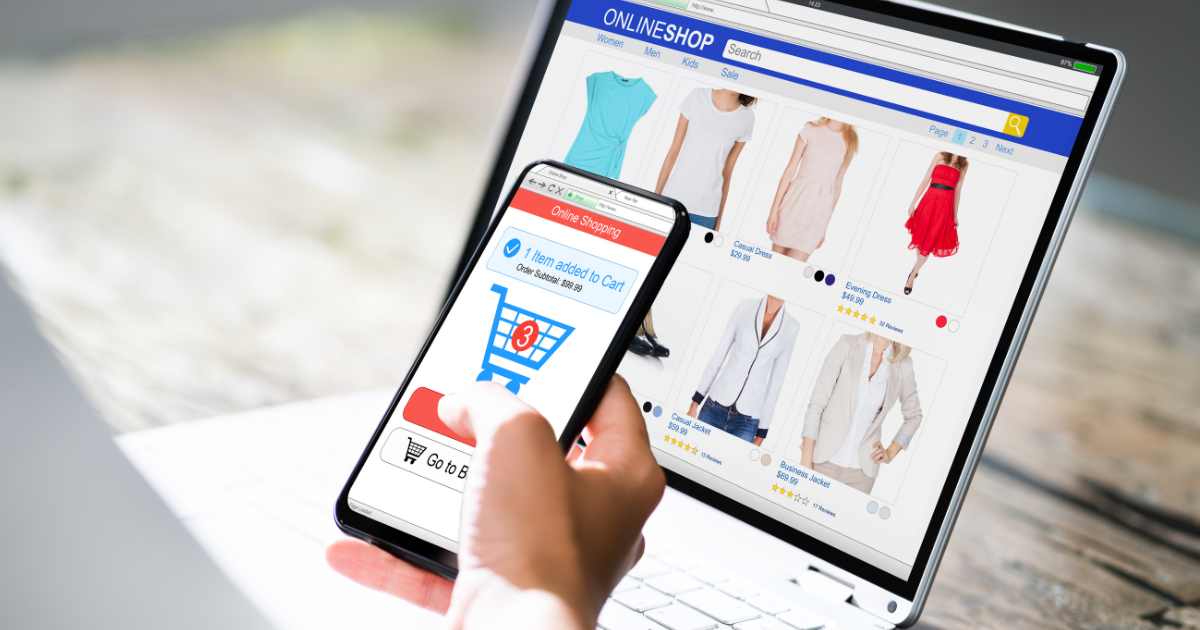
The internet is without a doubt a revolutionary tool for conducting business and for those who have cornered their respective niche markets, the internet has become an endless source of leads and revenue.
We often hear of the wonderful stories of hyper-growth fueled by the backing of generous venture capitalists or angel investors, but what we don’t hear about is the flip side of the coin, how the internet marginalises the little guy.
As a digital marketer, I’ve had first hand experience in helping SMEs and startups grow their online presence into a sustainable business model and lead generation tool and I can tell you it does not come easy.
While many South African business owners are sold the Kevin Costner Field of Dreams speech of if you built it, they will come, this is far from the truth. Having a stunning looking website is only half the battle, building a sustainable source of web traffic to your site, is another story.
The vast majority of South Africans are window shoppers and use the internet for research especially while on mobile devices
South Africa’s internet is centralised
South Africa follows the trends of many nations where the local internet usage is dominated by a few major players. Google, Facebook and YouTube account for the majority of first interaction traffic while a few local publishers feed off the scraps.
It is by no means ideal but it’s the nature of the ecosystem which is why SMEs need to look at extracting the most affordable traffic from third-party services (like search engines and social media) with the long-term goal of creating direct marketing channels.
Where should South African SMEs be focusing their money and time?
I think this goes without saying but Google and Facebook without a doubt provide the most value for money when it comes to attracting South Africans to your site.
If you follow their best practices and spend a reasonable amount on targeted advertising on these sites you can reach several local consumers at an affordable cost per click or even cost per acquisition.
Get a quote
Google search offers SMEs by far the biggest opportunity of any marketing channel to date. By leveraging Google’s paid advertising service businesses can bid on relevant keywords and attract traffic to their site as long as they’re willing to compete with other brands paying for those same users to click on their ads.
Google Paid search traffic accounts for roughly 7-8% of all clicks from Google to external sites which may sound small, but when you consider the fact that there are businesses who run their marketing exclusively on Google Ads you’ll understand how large and how powerful this tool is.
Secondly, there’s Google organic search which makes up roughly 45 – 50% of external clicks from search result pages. This is where brands have a near infinite amount of traffic to compete for if they know how to optimise their sites correctly.
The process of search engine optimisation (SEO) has become a multi-billion dollar industry as brands from around the world realise that paying an expert to improve their site could result in huge uplifts in traffic which has the potential to pay back your investment a hundredfold or more.
Facebook’s current organic search is so close to zero that it might as well be and they have resorted to forcing brands into paying to reach users. While boosting posts is one way of reaching your audience, a better way would be to target users based on intent.
Facebook’s Ad manager allows for real granularity with the ability to target users based on their intent and interests.
In addition, by leveraging the Facebook Pixel and Facebook Event Tracking you can gain further insight into how Facebook users react to your site and create personalised funnels to bring them back and encourage them to convert.
Create your traffic sources
Now that you’re starting to attract users to your site it’s time to start building your ways of direct communication.
This is often the step many local businesses fail to execute and often results in their downfall due to their over-reliance on Google and Facebook for traffic and leads.
Instead of only focusing your attention on getting your site visitors to convert, you should set secondary goals too. Users may be interested, but aren’t yet convinced or simply aren’t ready to purchase at the time.
This is why it’s important to provide users with the option of having you contact them directly and regularly.
By adding the option for users to sign up to options like:
– Supplying an email address for newsletters
– Supplying a phone number for SMS alerts or Robocalls
– Signing up for web push notifications
– Joining your social media accounts or groups
You then give users a secondary action they can complete to showcase their intent and you can use this to kick start a possible conversion cycle.
The benefit of having direct contact with your customer base means you can bypass the use of those third party services, provide more customised messaging which is not limited by these platforms and have regular and instant uptake on your marketing messaging.
Direct communication also helps reduce your cost per lead as you start to retain users and get them to return to your site on a regular basis without having to pay each time they click to visit.
By leveraging traffic off sites like Google and Facebook and combining them with your own direct efforts you can start to create a flywheel of customers visiting and revisiting your site
Building a healthy churn is how you earn a living online
While much is said about creating targeted messaging across various channels the effectiveness thereof, is still very much a numbers game.
The vast majority of South Africans are window shoppers and use the internet for research especially while on mobile devices so getting them to convert into a lead or sale often takes a number of return visits.
By leveraging traffic off sites like Google and Facebook and combining them with your own direct efforts you can start to create a flywheel of customers visiting and revisiting your site.
While it may be frustrating to see the majority of the traffic you receive end up leaving without converting you need to stick to it through if you want to build a profitable acquisition rate.
As traffic comes in, you will review your site’s performance, campaign spend and messages used and use this to eventually refine your efforts and slowly, but surely, turn those non-converters into paying customers.


















